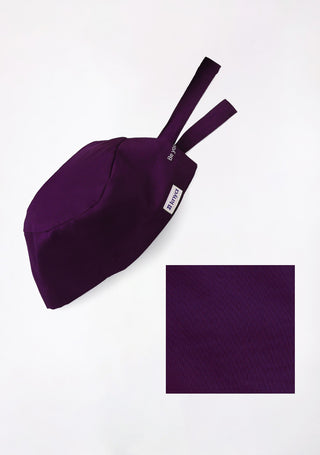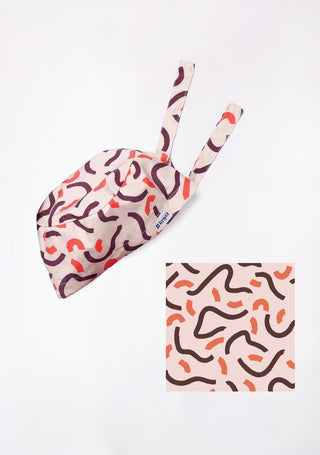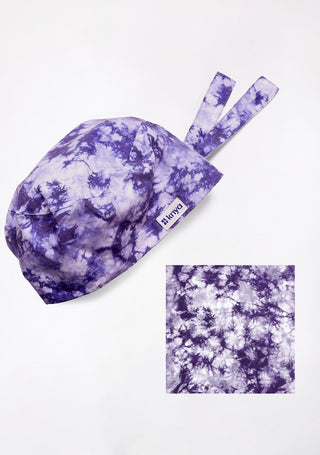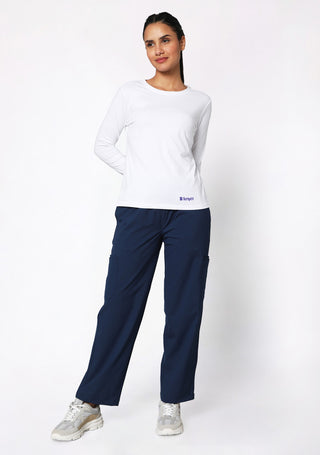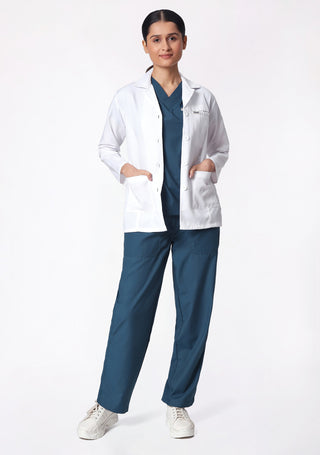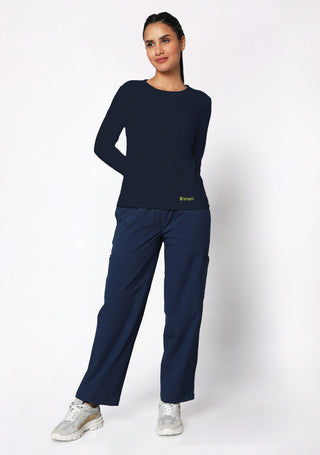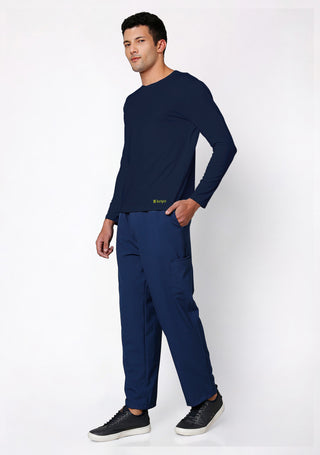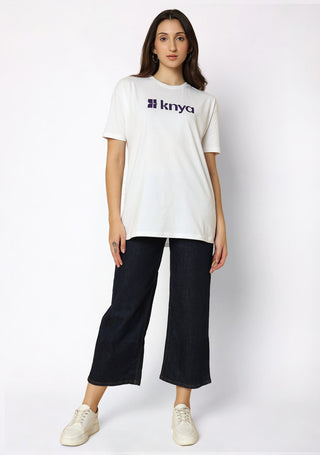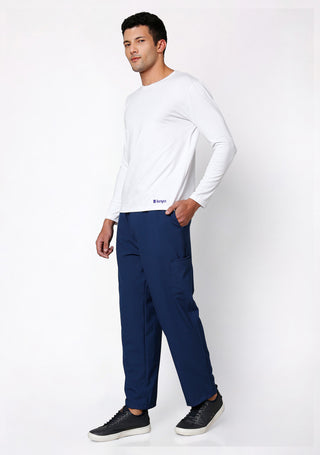For medical students, stepping into the world of healthcare is a significant milestone. One of the most visible changes in this transition is the shift from casual or formal student attire to professional medical scrubs. While this transformation may seem simple, it represents a deeper journey into professionalism, hygiene, and patient care. Wearing scrubs is not just about conforming to a dress code; it symbolizes readiness to take on real-world responsibilities in a clinical setting. It fosters a sense of belonging in the healthcare community and helps students mentally prepare for the demands of their new roles. Additionally, scrubs are designed to promote safety and cleanliness, reducing the risk of contamination and ensuring a hygienic environment for both patients and practitioners. Adapting to this change also means understanding the importance of proper grooming, adherence to workplace dress codes, and maintaining a polished appearance to gain the trust of patients and colleagues.
Click here to Explore All Women's Scrubs and discover our complete collection of comfortable and stylish medical apparel
The Significance of Scrubs in Healthcare
Scrubs are more than just a uniform; they symbolize cleanliness, professionalism, and dedication. Designed for functionality and comfort, scrubs provide essential benefits to healthcare workers, including:
- Ease of Movement – Unlike restrictive clothing, scrubs allow free movement, essential for long shifts and active patient care.
- Hygiene and Safety – Scrubs are made from specialized fabric designed to prevent contamination and facilitate easy cleaning.
- Professional Identity – Wearing medical scrubs helps establish a professional presence, distinguishing healthcare workers from patients and visitors.
The Initial Transition: Adapting to Scrubs
New healthcare professionals often face an adjustment period when switching to scrubs. Here’s what to expect:
1. Comfort Over Style
Initially, scrubs may feel different from regular clothes, but their lightweight, breathable fabric is designed for long shifts. Over time, healthcare workers appreciate their practicality and ease of wear.
2. Workplace Scrub Policies
Many medical institutions have guidelines regarding:
- Scrub colors to differentiate departments (e.g., blue for surgeons, green for nurses)
- Scrub materials to ensure compliance with hygiene standards
- Accessories and layers, such as underscrubs for warmth and added comfort
3. Pockets and Utility
Scrubs often come with multiple pockets, allowing healthcare professionals to carry essential tools like pens, notepads, stethoscopes, and gloves conveniently.
Finding the Right Fit: Choosing Your Scrubs Wisely
A crucial aspect of transitioning to wearing scrubs is selecting the right fit. Here’s what to consider:
1. Size and Comfort
Unlike casual clothing, scrubs should not be too tight or too loose. An ideal fit ensures:
- Freedom of movement without being baggy
- A professional appearance
- Adequate pocket space for essentials
2. Fabric Matters
Scrubs come in different fabric blends, including cotton, polyester, and spandex. Look for breathable, stretchable, and moisture-wicking materials that offer comfort throughout long shifts.
3. Color and Customization
While institutions often have dress codes, some allow customization. Many healthcare workers personalize their scrubs with:
- Embroidered names or logos
- Fun prints or patterns (where permitted)
- Complementary accessories like matching surgical caps
Professionalism in Scrubs: Presenting Yourself Well
While scrubs prioritize comfort, maintaining a professional image is essential. Here’s how to ensure a polished look:
1. Keep Scrubs Clean and Pressed
Hygiene is non-negotiable in healthcare. Always ensure:
- Freshly laundered scrubs daily
- No stains or wrinkles
- Proper storage to maintain fabric integrity
2. Grooming and Presentation
Beyond scrubs, a professional appearance includes:
- Well-groomed hair
- Minimal jewelry (as per workplace policies)
- Clean, closed-toe shoes for safety
We believe you deserve the best. Shop our amazing selection of lab coats right here
Beyond Scrubs: Essential Accessories
Transitioning into scrubs often includes adopting complementary accessories for enhanced functionality:
1. Underscrubs for Comfort
Worn beneath scrubs, underscrubs provide warmth and extra protection, especially in colder environments.
2. Surgical Caps for Hygiene
Surgical caps help maintain cleanliness in sterile areas and can also serve as a personal style statement.
Embracing the Journey: Confidence in Your New Attire
Adapting to scrubs is not just about clothing; it signifies the transition into professional healthcare. Embracing this change with confidence helps build:
- A sense of belonging in the medical community
- Pride in professionalism and patient care
- A commitment to hygiene and safety
Every healthcare professional remembers their first time wearing scrubs. Though the transition may seem overwhelming at first, with time and the right choices, scrubs become an essential part of daily life.
Final Thoughts
The transition from student to practitioner is an exciting journey filled with learning experiences and personal growth. Wearing medical scrubs is more than just changing attire; it signifies professionalism, dedication, and a new phase in a healthcare career. As new professionals step into clinical settings, adapting to this uniform becomes part of their identity, representing their commitment to patient care and hygiene. Choosing the right scrubs for men and scrubs for women ensures comfort and functionality, making long shifts more manageable.
Beyond selecting the right fit, maintaining a polished and professional appearance is crucial. Clean, well-fitted scrubs create a strong impression and reflect a sense of responsibility and respect for both colleagues and patients. By embracing this transition with confidence, healthcare professionals can step into their roles with pride, ready to make a difference in the lives of those they serve.

